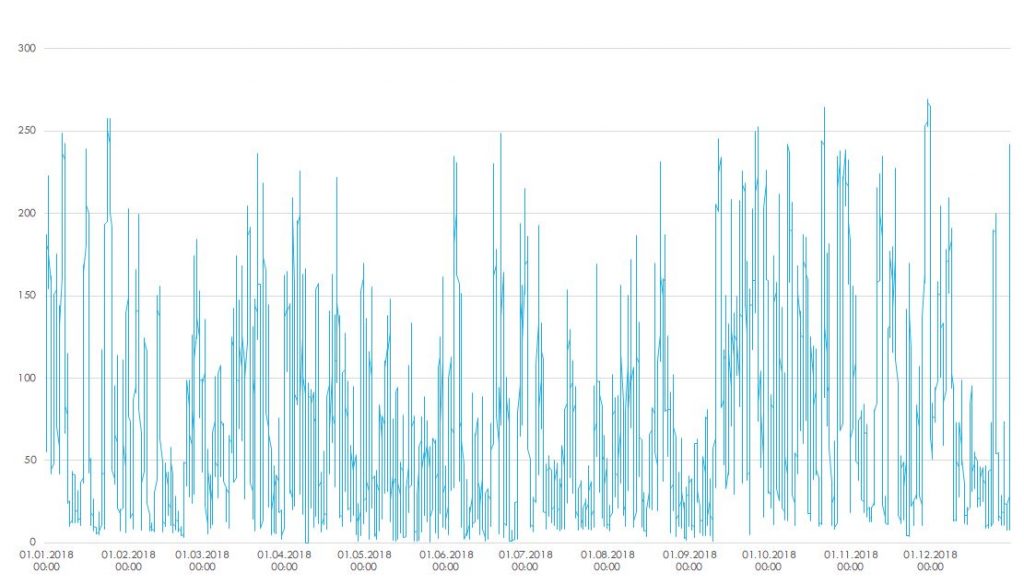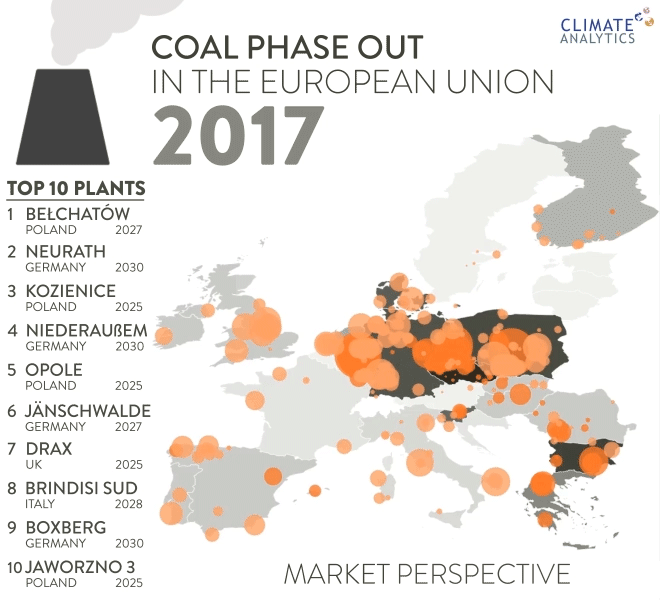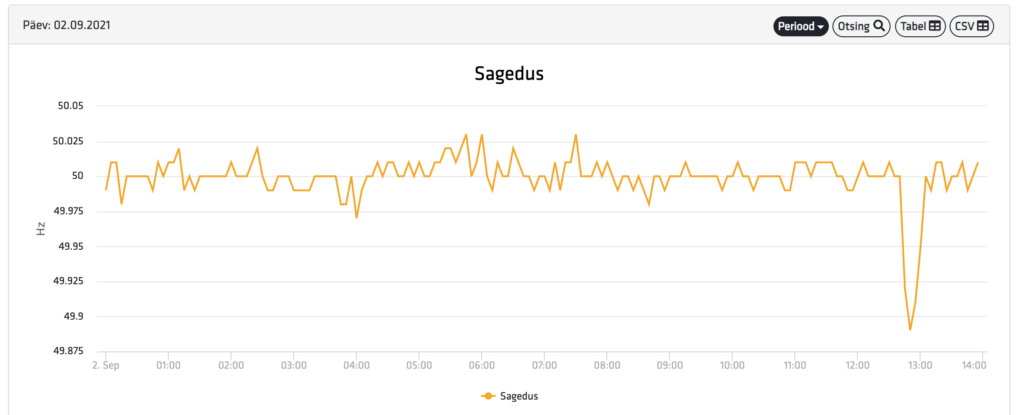European countries have very different energy needs and energy production requirements due to their geography. Mountainous Austria has good prerequisites for hydropower generation, and countries with indigenous fossil fuels such as Poland, Estonia, Greece, Germany have a large share of coal or oil shale combustion for electricity generation.
In 2019, an average of 26% of electricity in the EU was generated by nuclear power in nearly 100 nuclear power plants. France is the largest producer.
The European Union has set a target to reduce CO2 emissions by 55% by 2030 and reach climate neutrality by 2050.
At the same time, a number of EU Member States, such as the Netherlands, the UK, Finland, Denmark and France, have taken the national decision to abandon the use of coal in electricity generation. An overview of the coal power plants that are being closed can be found here .
However, this raises the objective problem of the need for controllable generation capacity to ensure that at all times the 50 Hz frequency of the grid is maintained in line with the electricity consumption at any given second. However, renewable energies are unfortunately dependent on the weather: either wind or sun. If the grid frequency varies too much outside the 50 Hz standard, generating units can shut down and a major blackout can follow.
Toota või loota?
Renewable energy production helps reduce CO2 emissions from energy, thus contributing to slowing climate change. At the same time, however, renewable electricity production does not coincide with daily consumption cycles, with consumption at the beginning and end of the working day significantly higher than the average daily consumption. Large-scale energy storage can be used to synchronise intraday energy consumption and production, but even the largest storage capacity is sufficient for a few hours to a few days - they are of no use in the case of winter daily low sunshine or long periods of low wind.
Estonia's hourly wind energy production data for 2018 from Elering are shown in the graph below.

Selleks, et elektrienergia oleks olemas iga ilmaga ja igal aastaajal, on kaks võimalust – kas toota energia ise, või loota, et seda õnnestub osta naaberriikidest. Fossiilkütustel baseeruvate tootmisvõimsuste sulgemine muudab energia impordi oluliselt kallimaks – seda võime märgata energiahindade pidevast kiirest kasvust juba praegu.
Self-production of energy should be carbon-free, in all weathers and at a price that suits the consumer.


